The butterfly stroke is quite a distinctive swimming stroke. It looks spectacular, but is also difficult to learn and quite exhausting, even for accomplished swimmers.
For these reasons, many swimmers never bother to learn this stroke. However, in my opinion, they are missing out because once you have mastered it, swimming a few laps of butterfly can be a lot of fun, thanks to its peculiar and energetic movements.
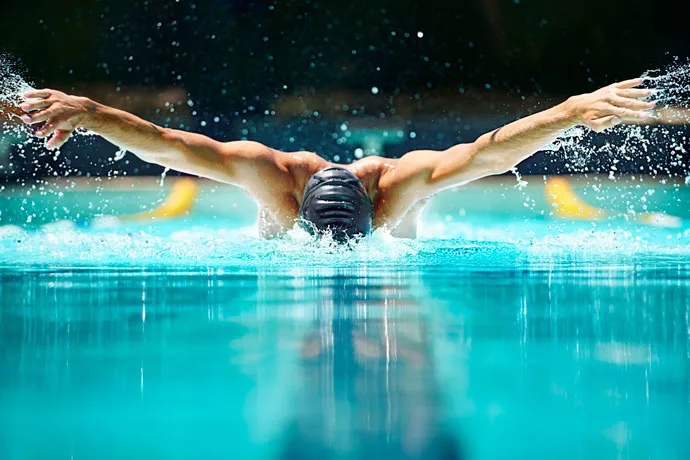
Butterfly Stroke Video
Here is a video showing the butterfly stroke movements above and underwater:
Swimming Stroke Phases
Let us now analyze the different phases of the butterfly stroke. We imagine the swimmer is in the following initial position:
- The body floats in a prone position.
- The head is in a neutral position, face down.
- The arms are extended forward and shoulder-width apart. The palms are facing down.
- The legs are straight and held together.
- The feet are extended.
Now the stroke cycle begins:
- The body undulation is initiated by pressing the chest down in the water.
- The arm stroke begins when the chest is being released.
- The arms move apart and bend at the elbows so that the undersides of the forearms and the palms of the hands move into a backward-facing position called the catch.
- Once the arms are in the catch position, they move backward and inward toward the chest.
- At the same time, the hips are pushed down, and the legs bend at the knees.
- Once the hands meet below the chest, they change their direction to move toward the hips.
- As the hands move toward the hips, a first dolphin kick is performed.
- Shortly after that, the chest and shoulders peak above the water surface.
- As soon as the hands reach the hips, the arms leave the water and are swung forward sideways over the water.
- Once the arms are in front of the body, about shoulder-width apart, they enter the water and fully extend below the water surface.
- A second dolphin kick is performed as the arms extend under the water surface.
- The next stroke cycle begins.
Swimming Technique
The following articles cover the butterfly stroke technique in more detail:
Body Movement
Body Movement: The undulating movement of the body drives the butterfly stroke. This article explains how to perform this body undulation.
Arm Stroke
Arm Stroke: This article explains the different phases of the arm stroke and how to perform them correctly.
Dolphin Kick
The Dolphin Kick: In the butterfly stroke, the legs move as one unit, similar to how a dolphin moves its tail, hence the name “dolphin kick.” In this article, we discuss the dolphin kick technique in more detail.
Breathing Technique
Breathing Technique: In this article, we discuss various aspects of breathing while swimming butterfly: when to breathe in, when to breathe out, how often to breathe, breathing to the side, etc.
Learn How to Swim
Learn How to Swim Butterfly: This article introduces you to our series of swimming drills to learn the butterfly stroke. This series can be divided into the following steps:
- First, you learn the body undulation and dolphin kick, which are the techniques that drive this swimming stroke.
- Next, you practice the underwater arm stroke.
- After that, you practice the above-water arm recovery.
- Finally, you combine all those techniques and gradually move on to swimming butterfly.
Reference
Maglischo, E. (2003). Swimming Fastest. Champaign, IL: Human Kinetics, pp. 145–180.
Related Pages
You may also be interested in the following articles that cover the butterfly stroke’s swimming technique:

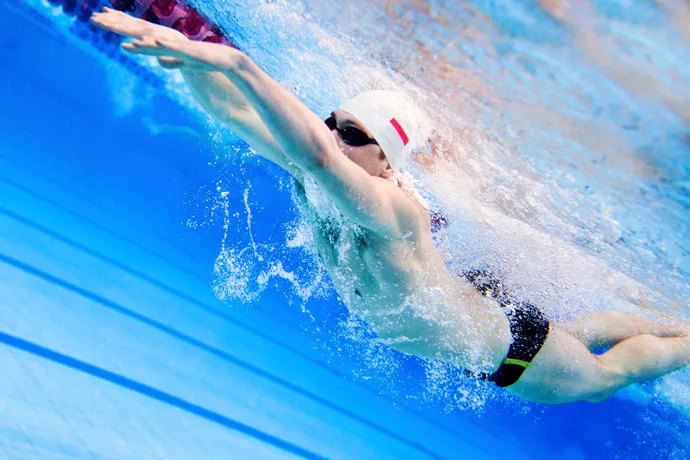
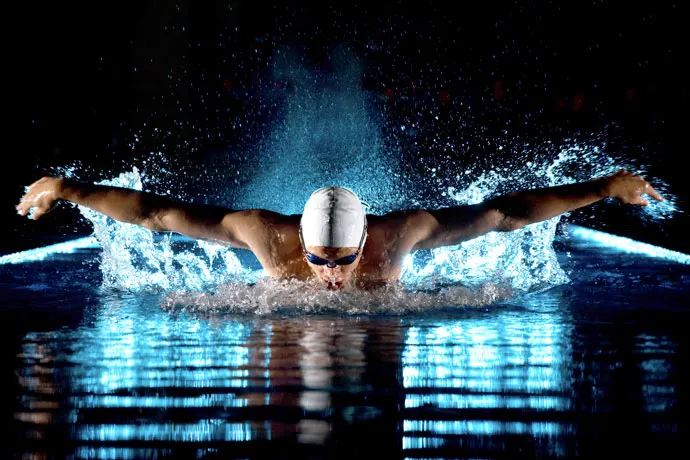
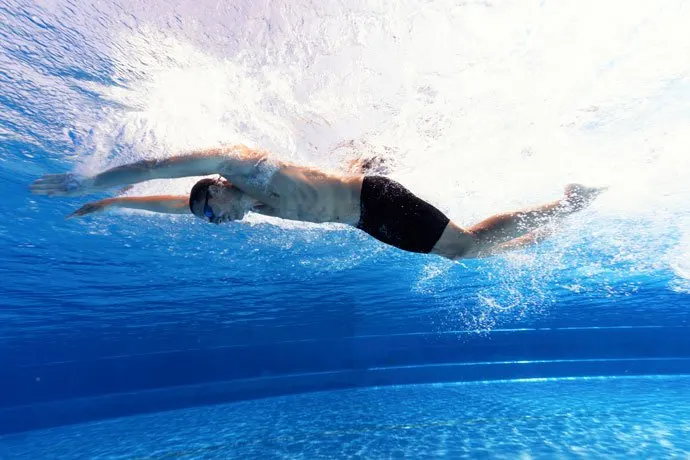
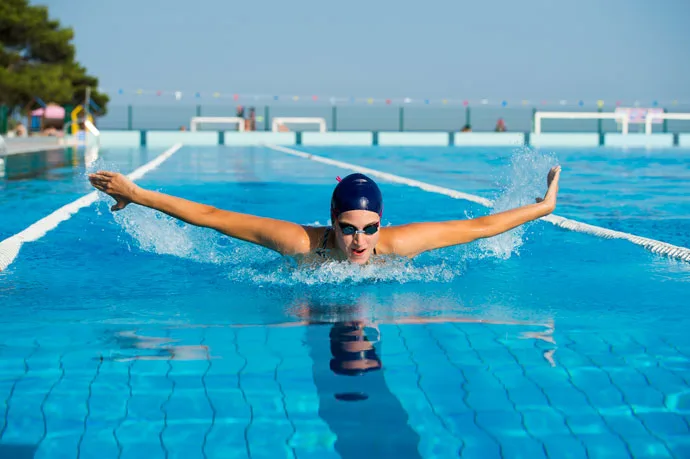
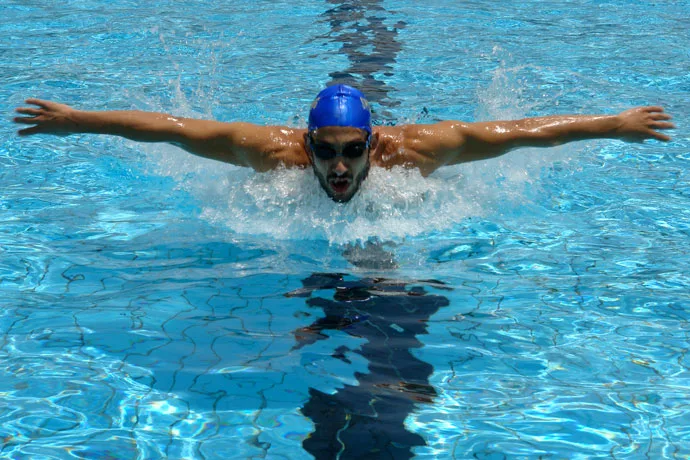
Marcelino Jhay Garcia
Wednesday 29th of November 2023
Thank you so much This is very helpful
River
Thursday 20th of April 2023
I am 20 years old. I started learning to swim in sixth grade when I was 12. I learned the breaststroke and freestyle fairly well under my coach at the time. But I taught myself how to swim the butterfly. I can only swim a maximum of 50 meters. In my opinion, the butterfly is much more demanding than the breaststroke and freestyle. When I was training for the butterfly, I could feel the obvious stretching of the muscle groups in my body and the pressure of the water on my lungs. And every time I train for the butterfly, I feel physically drained. Compare the arm and leg movements in the butterfly strokes mentioned in the blog. As I worked on my butterfly stroke, it became clear to me that I was not doing it right. I think I am extremely weak. I think my core strength still needs a lot of practice to get to the butterfly state that looks so easy and perfect in the video above. I thank the blog for helping me understand the details of the butterfly arm movements. I will continue to practice my butterfly technique based on what the video provides. Expect more blogs.
israel shikler
Monday 7th of September 2020
Hi Christophe,
To say I love your website would be an understatement! As for the butterfly I think it would be great if you can add to the pictures the water line mark and also what to do with legs after each kick so to be ready for the next one.
Many Thanks in advance.
Israel
Mary O Hara
Saturday 13th of July 2019
I am a female in my sixties. I never learned butterfly but I have been endeavouring to teach myself this stroke over the last few months since I went back to swimming a few times a week to try to get an exercise routine in the pool.
I have the gist of the undulating movement and two kicks in the stroke but I can't recover over the water and I don't expect I will be able to master it as I doubt I have the upper body strength or the correct body position/kick.
What I would like to know is how I could do a modified version with an underwater recovery primarily for the exercise. I am presently pulling to the hips and then just recovering as best I can underwater to start stroke again.
Any suggestions?
Christophe
Saturday 13th of July 2019
Hi Mary,
I'd recommend the Stoneskipper drill.
Best,
Christophe
mahsa
Tuesday 20th of October 2015
I love your website !!!